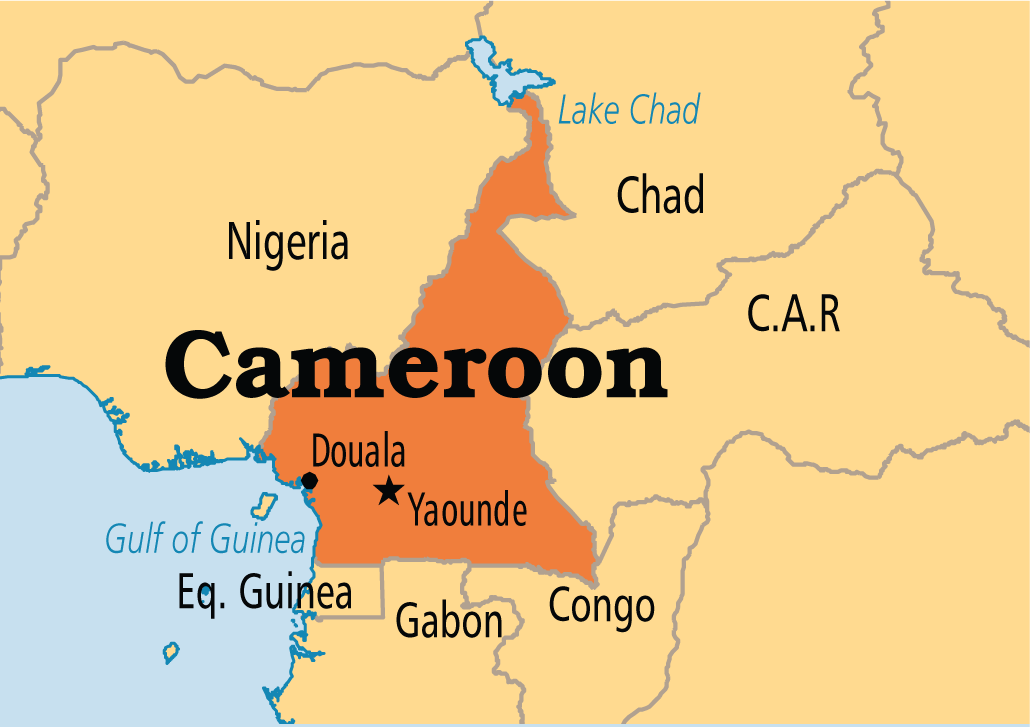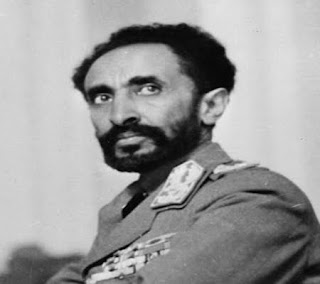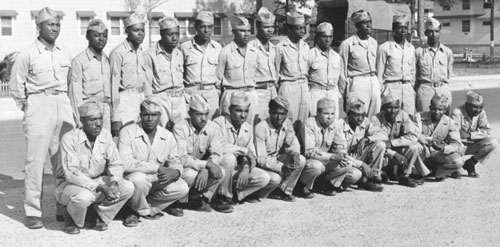Garveys first reported speech..
From a Gleaner report of an election meeting in Kingston in 1909:
'Mr Wareham stepped down, and one Mr Garvey took possession of the stand amidst cries of "Take him away! Take him away!" He paused for a while, and nobody having attempted to remove him, he proceeded to speak.
'He was not a speaker, he said; but he could not resist the temptation to speak a few words in support of Mr Wareham. A number of men were going up to the Council "merely to seek vain glory." Some of them were adventurers who came here from England penniless, and who having worked up their way were now seeking honours and means to further their business. (Cheers.) They talked about sanitation and unification, but that was only put to the front as a sham. They did not require any British adventurers when they had native men like H.A.L. Simpson, S.A. Gilbert Cox, and J. Wareham (prolonged cheers.) Those were the men they should vote for. They should not be misled by the Citizens' Association, for it could do no good, instead of drafting monstrous it would find better work in trying to relieve people from starvation. The electors should not be misled by the Press, for they had not a free press in Jamaica. The press was only serving the classes, and the articles were not expressing the opinions of the people. They should use their own judgment on the day of the poll and "select loyal, honest, true, and patriotic Jamaicans such as Messrs Simpson, Cox and Wareham." On no account should they have English adventurers when there were honest and capable Jamaicans. (Cheers.)
'The Citizens' Association was for the class and they were looking to serve their own ends. They had the first vice-president not long ago accepting a seat as a nominated member in the Legislative Council, and shortly after leaving for England no doubt to avoid the scandal. (Cheers.) Did they want such [illegible] seeking honours as it [illegible passage]. Then see that you vote for men of the type of Mr Simpson and Mr Wareham.' (Cheers.)
This is the report of a meeting on 5 August, 1909. It is, as far as I can make out, the first public speech of Marcus Garvey
Originally posted by Wahalla
View Post
From a Gleaner report of an election meeting in Kingston in 1909:
'Mr Wareham stepped down, and one Mr Garvey took possession of the stand amidst cries of "Take him away! Take him away!" He paused for a while, and nobody having attempted to remove him, he proceeded to speak.
'He was not a speaker, he said; but he could not resist the temptation to speak a few words in support of Mr Wareham. A number of men were going up to the Council "merely to seek vain glory." Some of them were adventurers who came here from England penniless, and who having worked up their way were now seeking honours and means to further their business. (Cheers.) They talked about sanitation and unification, but that was only put to the front as a sham. They did not require any British adventurers when they had native men like H.A.L. Simpson, S.A. Gilbert Cox, and J. Wareham (prolonged cheers.) Those were the men they should vote for. They should not be misled by the Citizens' Association, for it could do no good, instead of drafting monstrous it would find better work in trying to relieve people from starvation. The electors should not be misled by the Press, for they had not a free press in Jamaica. The press was only serving the classes, and the articles were not expressing the opinions of the people. They should use their own judgment on the day of the poll and "select loyal, honest, true, and patriotic Jamaicans such as Messrs Simpson, Cox and Wareham." On no account should they have English adventurers when there were honest and capable Jamaicans. (Cheers.)
'The Citizens' Association was for the class and they were looking to serve their own ends. They had the first vice-president not long ago accepting a seat as a nominated member in the Legislative Council, and shortly after leaving for England no doubt to avoid the scandal. (Cheers.) Did they want such [illegible] seeking honours as it [illegible passage]. Then see that you vote for men of the type of Mr Simpson and Mr Wareham.' (Cheers.)
This is the report of a meeting on 5 August, 1909. It is, as far as I can make out, the first public speech of Marcus Garvey





.jpg)













Comment